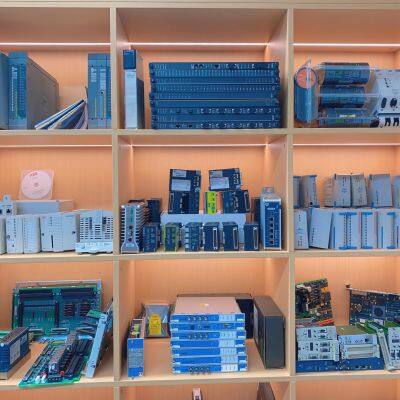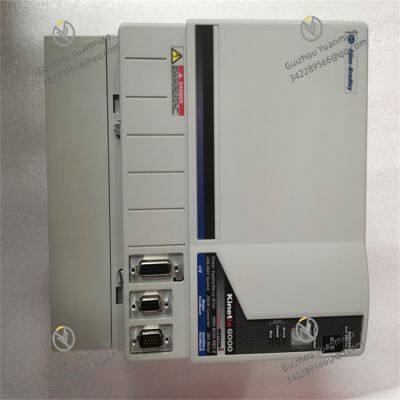Home > Products > Allen-Bradley > Allen-Bradley 2094-BC04-M03-S Kinetix 6000 Integrated Axis Module
Allen-Bradley 2094-BC04-M03-S Kinetix 6000 Integrated Axis Module
- T/T PayPal Western Union
You May Like
-
Allen-Bradley 2094-BM01-S Class Axis Module
-
Allen-Bradley 2094-EN02D-M01-S1 Kinetix 6200/6500 Control Module
-
Allen-Bradley 2098-DSD-020X Ultra 3000 Digital Servo Drive
-
Allen-Bradley 5204-DFNT-PDPMV1 EtherNet/IP Communication Module
-
Allen-Bradley 5302-MBP-MCM4MB EtherNet/IP Communication Module
-
Allen-Bradley 80026-044-06-R Power Supply
Product Details
| Material | Other, Global universal model | Condition | Other, Global universal model | |
| Task | Other, Global universal model | Mathematical Model | Other, Global universal model | |
| Signal | Other, Global universal model | Customized | Non-Customized | |
| Structure | Other, Global universal model | Operating temperature | -0°C to 55°C | |
| Humidity | 5% - 95% (non - condensing) |
Product Description
Company Profile

Main products: Covering globally renowned brands: Bently Nevada, Triconex, Woodward, Foxboro, Westinghouse, Reliance, Schneider Modicon, ABB, AB (Allen-Bradley), Motorola, GE Fanuc, Yaskawa, Bosch Rexroth Rexroth, ACSO, YOKOGAWA, Rexroth, NI, ICS Triplex, Kollmorgen, Mitsubishi, MOOG, Emerson, B&R B&r, SST, ALSTOM, KUKA EPRO, LAM HIMA dark Horse, HONEYWELL, prosoft, AMAT, SIEMENS, etc. The product categories include: DCS system accessories, robot system spare parts, large servo system spare parts, etc., which are widely used in power, chemical, metallurgy, intelligent manufacturing and other fields.
Contact Us

- Guizhou Yuanmiao Automation Equipment Co., Ltd.
- Contact nameyezi Chat Now
- AddressXixiu District, Anshun, Guizhou
Product Categories
New Products
-
Allen-Bradley 80190-300-01-R Original Packaging Module
-
Allen-Bradley 81001-450-53-R Circuit Board
-
Allen-Bradley 80190-580-01-R Drive Processor Module
-
Allen-Bradley 81001-340-71-R High-Performance PLC Module
-
Allen-Bradley 81007-465-51-R Voltage Sensing Board
-
Emerson 1C31194G04 Valve Positioner Module
-
Emerson A6110 9199-00001 AMS Shaft Relative Vibration Monitor
-
Emerson A6120 9199-00002 Relative Vibration Monitor
-
Emerson A6140 9199-00058 Relative Vibration Monitor
-
Emerson A6210 9199-00003 Vibration Monitoring Module
-
Emerson A6220 9199-00009 Vibration Monitoring Module
-
Emerson CE4002S1T2B5 Digital Output Module
Find Similar Products By Category
- Electrical & Electronics > Electrical Control System
Product Tags:
- Please Enter your Email Address
- Please enter the content for your inquiry.
We will find the most reliable suppliers for you according to your description.
Send Now-
 yezi
Hi there! Welcome to my shop. Let me know if you have any questions.
yezi
Hi there! Welcome to my shop. Let me know if you have any questions.
Your message has exceeded the limit.

- Contact supplier for lowest price
- Customized Request
- Request Sample
- Request Free Catalogs
Your message has exceeded the limit.
-
Purchase Quantity
-
*Sourcing Details
Your inquiry content must be between 10 to 5000 characters.
-
*Email
Please enter Your valid email address.
-
Mobile




